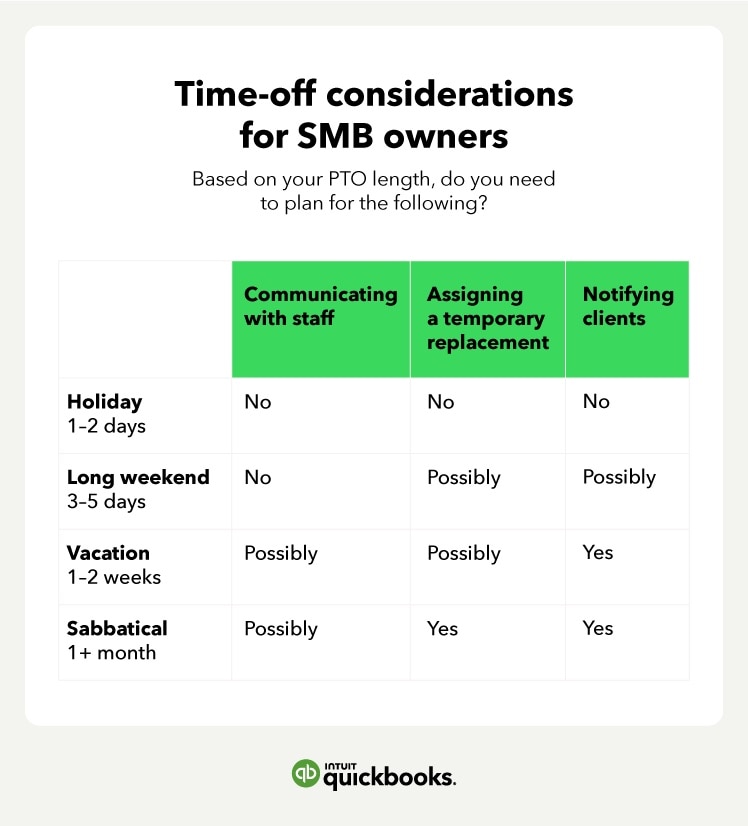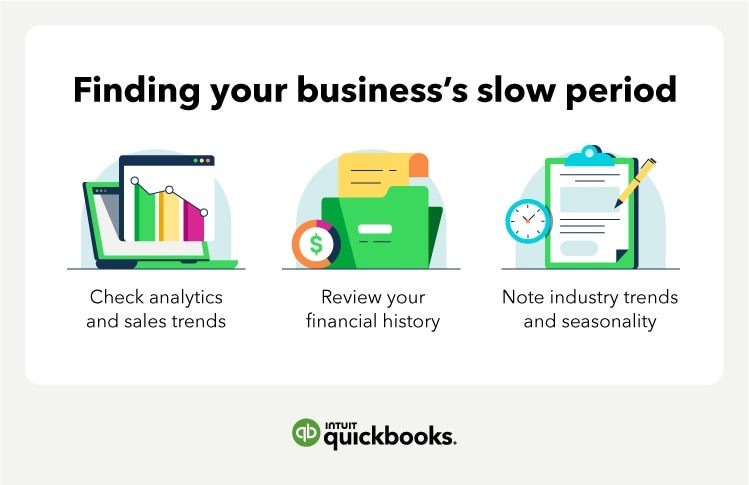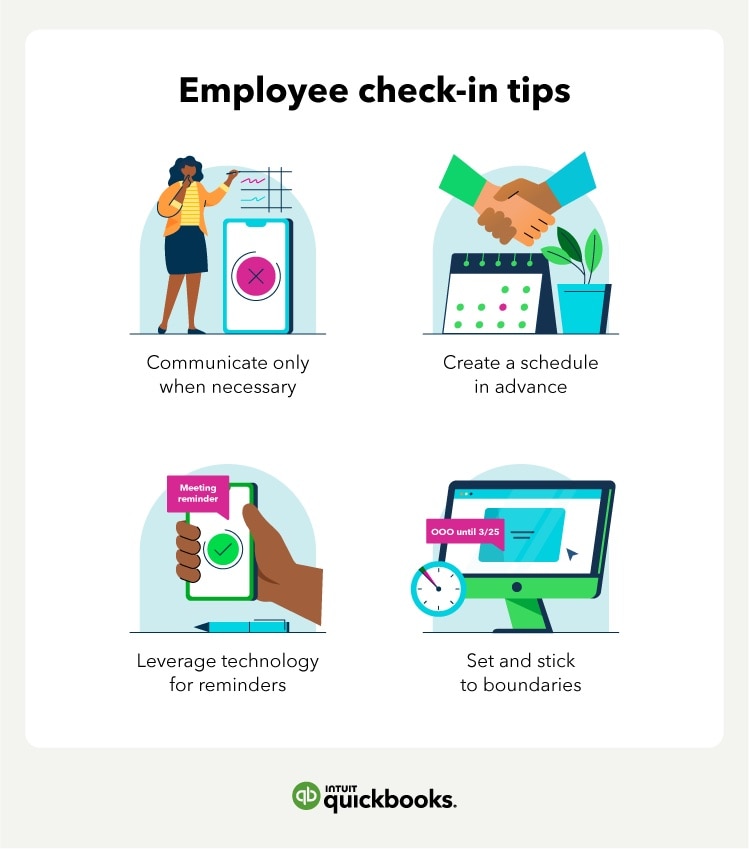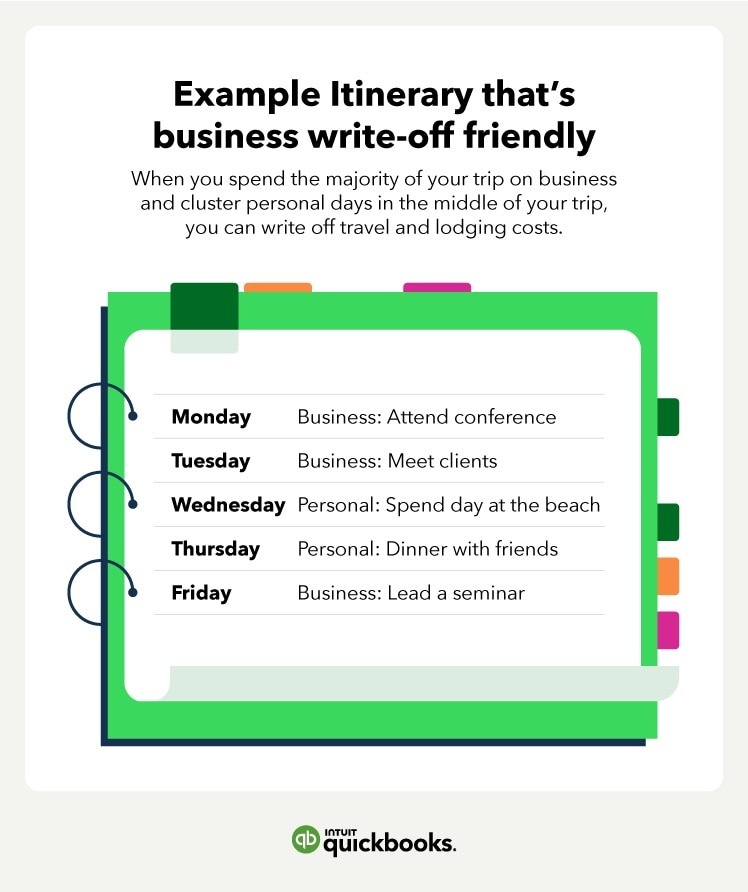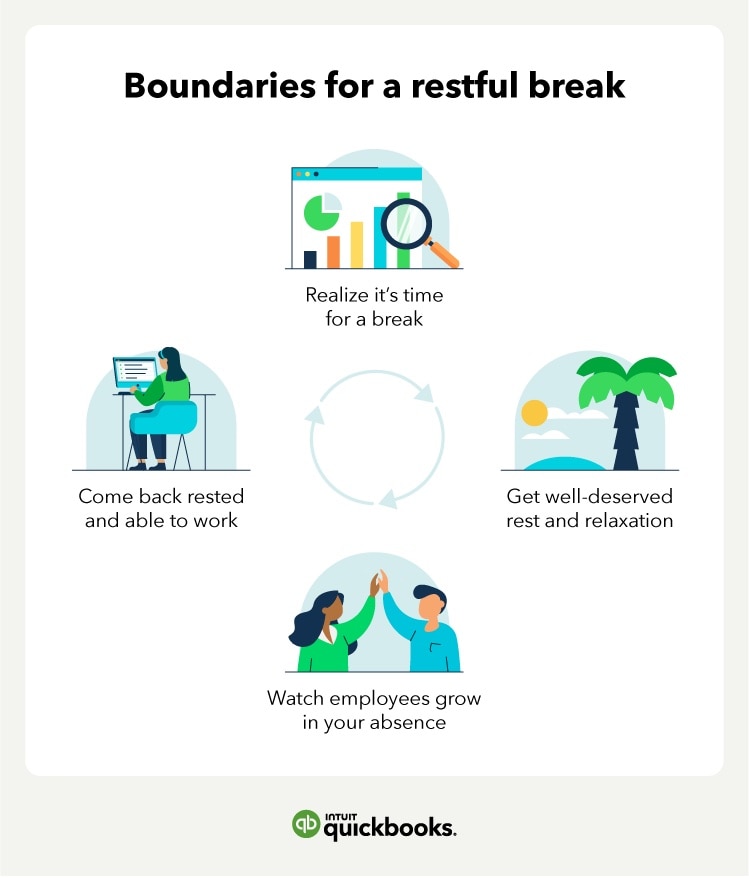Taking time off as a small business owner is a challenge. Whether you’re going on vacation for the summer or enjoying a weekend break for the holidays, stepping away from your business can lead to guilt and stress. When a business’s success depends on its owner, you need to learn how to take a vacation strategically.
While small business owners often manage paid time off (PTO) policies for their employees, they aren’t the only ones who need a break. Time off is necessary for your physical and mental health, and you can enjoy a well-deserved break in several ways. By planning your time off, you can get the rest you need while pushing your staff to grow.
Jump down to a particular tip or read them all to ensure your next vacation is stress-free.











